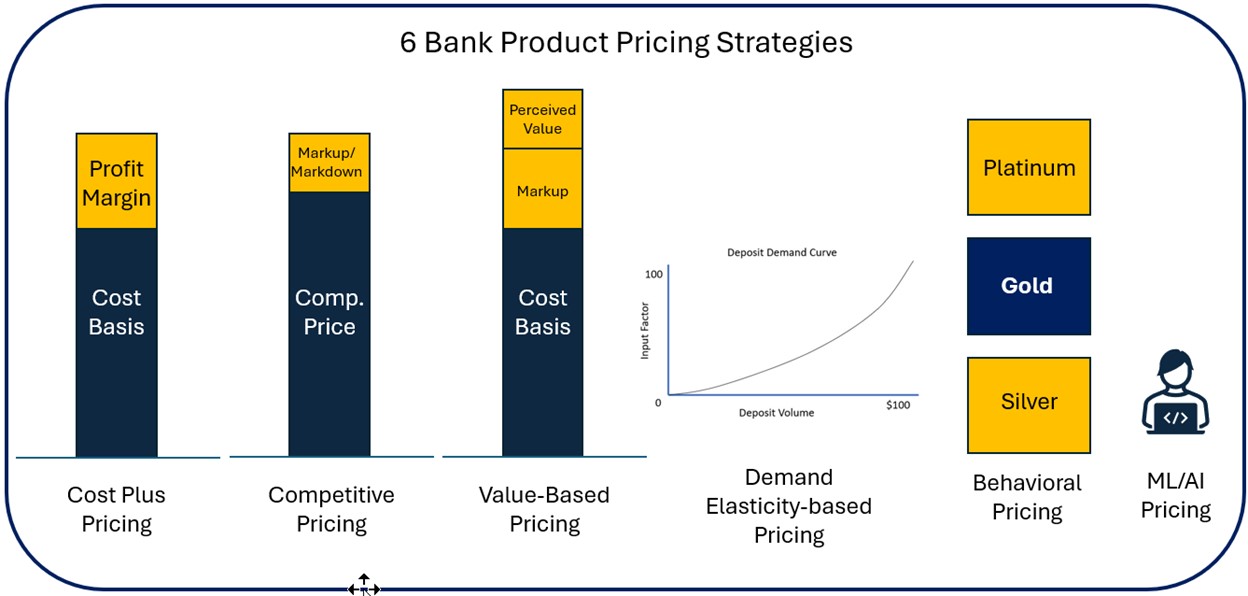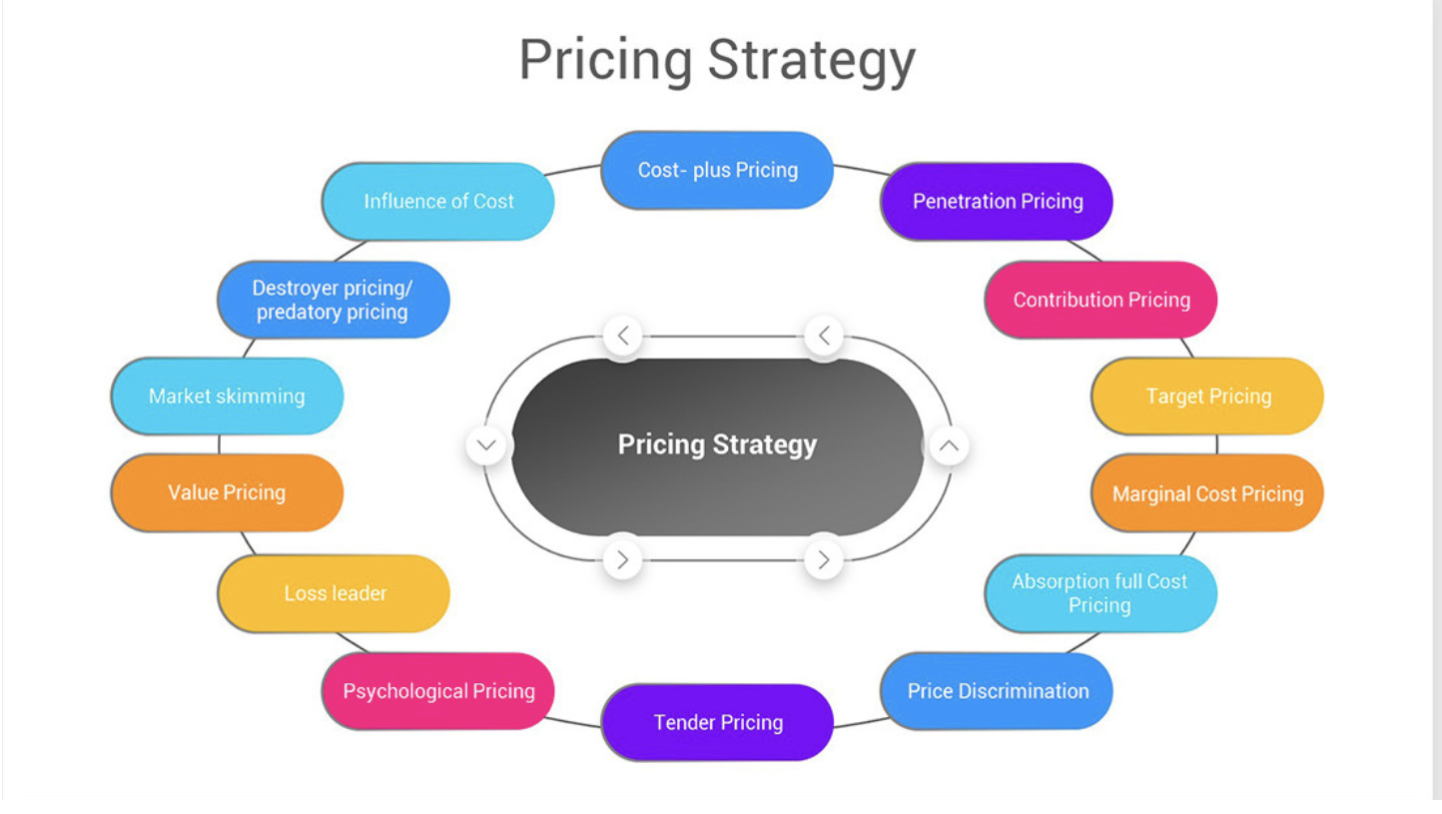Optimize Earnings With Proven Prices Approach Strategies
In today's competitive marketplace, the capability to enhance profits with efficient prices techniques is critical for continual organization success. Strategies such as value-based pricing, vibrant pricing, and thorough market analysis can dramatically enhance a firm's financial performance. Understanding client perception and leveraging information analytics for agile pricing changes are vital elements of this method. Nevertheless, the intricacies of successfully applying these strategies can position obstacles that require cautious consideration. Checking out these techniques further discloses not only their potential advantages but additionally important insights that could improve your pricing technique.
Understanding Customer Understanding
Recognizing client perception is crucial for developing efficient rates strategies. It influences exactly how consumers evaluate an item's value, quality, and general beauty. Services have to identify that consumers usually base their willingness to pay not solely on the item's intrinsic qualities but additionally on emotional elements, including brand name credibility, social standing, and regarded deficiency.

Additionally, companies should consider the function of rates psychology, such as appeal pricing or price anchoring, which can dramatically affect client habits. Comprehending these understandings makes it possible for organizations to mount their rates techniques in a way that lines up with consumer assumptions while making the most of profitability.
Integrating customer perception into pricing approaches not only help in setting affordable rates yet also promotes brand name commitment, as customers feel comprehended and valued. Eventually, a nuanced understanding of consumer understanding can bring about sustainable profits development and enhanced market positioning.
Analyzing Market Trends
To establish a reliable pricing technique, assessing market trends is vital for services wanting to stay competitive. Comprehending the dynamics of market variations allows business to make enlightened decisions regarding pricing adjustments, item launches, and resource appropriation - Pricing Strategy. By monitoring customer habits, economic indicators, and industry advancements, services can recognize patterns that educate their rates structures
Key components to take into consideration when assessing market patterns consist of need elasticity, seasonal fluctuations, and emerging technologies. Demand flexibility helps services determine just how rate changes may affect consumer acquiring decisions. Seasonal trends can supply insights right into optimum rates during height and off-peak periods, allowing for tactical discounting or marketing pricing. Furthermore, maintaining an eye on technical improvements can assist determine potential dangers or possibilities that could affect rates approaches.
Using data analytics devices can enhance the accuracy of trend analysis, giving beneficial insights that promote agile decision-making. Business ought to also take into consideration performing regular marketing research to validate assumptions and adjust to progressing consumer choices. By leveraging these insights, businesses can not just maximize their prices approaches but also strengthen their total market setting, guaranteeing lasting profitability and development.
Affordable Pricing Methods
An affordable rates method is essential for services aiming to acquire an edge in a crowded marketplace. By evaluating competitors' pricing structures and market positioning, business can purposefully establish their rates to draw in customers while maintaining profitability. This method requires a thorough understanding of both the affordable landscape and customer understandings of worth.
One reliable technique is cost matching, where a service offers to match or defeat a rival's rate. This method can improve client loyalty and encourage sales, particularly in price-sensitive markets. Additionally, infiltration rates can be employed to capture market share by initially setting rates lower than rivals, tempting consumers to attempt the product and cultivating brand name recognition.
Moreover, organizations can carry out mental prices strategies, such as prices items simply below a rounded number (e.g., $9.99 rather of $10 - Pricing Strategy.00) This can create the understanding of a better bargain, influencing customer habits
Inevitably, a successful affordable pricing strategy stabilizes the requirement to stay attractive to customers while making certain that the prices version aligns with the firm's total purposes. Consistently adjusting and examining rates in reaction to market changes and competitor actions is crucial for continual success.
Value-Based Rates Techniques
Value-based rates methods concentrate on establishing prices mostly based upon the perceived worth of a product or solution to the customer, instead than entirely on manufacturing expenses or rival rates. This strategy requires a deep understanding of consumer needs, preferences, and the distinct advantages that the service or product offers. By determining the specific worth vehicle drivers that resonate with clients, organizations can produce pricing approaches that show truth worth of their offerings.
To apply value-based prices successfully, firms need to engage in thorough market research study, including client surveys and focus groups, to collect understandings into customer understandings. Furthermore, businesses need to section their client base to tailor prices strategies that line up with various value understandings across sectors.
Interaction plays an important role in value-based prices; firms should articulate the distinct value recommendation clearly to validate the rate factor. Recurring examination and change are important, as customer perceptions of value might change over time due to market Clicking Here dynamics or affordable activities. By prioritizing value in rates methods, organizations can improve client fulfillment, improve loyalty, and ultimately maximize earnings.
Dynamic Pricing Designs

Dynamic pricing leverages advanced algorithms and information analytics to check competitor pricing, consumer behavior, and stock levels. By dynamically adjusting costs, companies can enhance earnings, take full advantage of revenue margins, and respond quickly to modifications in the industry. Airline companies commonly employ this design to adjust ticket prices based on aspects like remaining seats, time until departure, and rival prices.
However, the application of dynamic rates need to be approached with caution. Clear communication with customers is important to preserve trust and stay clear of perceptions of unjust pricing techniques. Additionally, businesses ought to make sure that their prices algorithms are not excessively complex or nontransparent, as this can lead to consumer dissatisfaction.
Eventually, when executed thoughtfully, vibrant prices versions can supply companies with a substantial competitive advantage, allowing them to maximize market opportunities while dealing with client expectations in a swiftly transforming financial landscape.
Conclusion

Techniques such as value-based pricing, dynamic pricing, and comprehensive market analysis can substantially enhance a business's economic performance. Seasonal trends can provide understandings into optimal prices during height and off-peak periods, enabling for tactical discounting or advertising pricing.Dynamic prices leverages sophisticated formulas and information analytics to keep an eye on rival prices, client habits, and supply levels. By comprehending customer understanding, evaluating market trends, and applying affordable pricing techniques, organizations can properly straighten their prices with consumer expectations. Additionally, value-based prices and vibrant rates designs make it possible for organizations to react agilely to market fluctuations.
Comments on “How to Establish an Effective Pricing Strategy for Your Business”